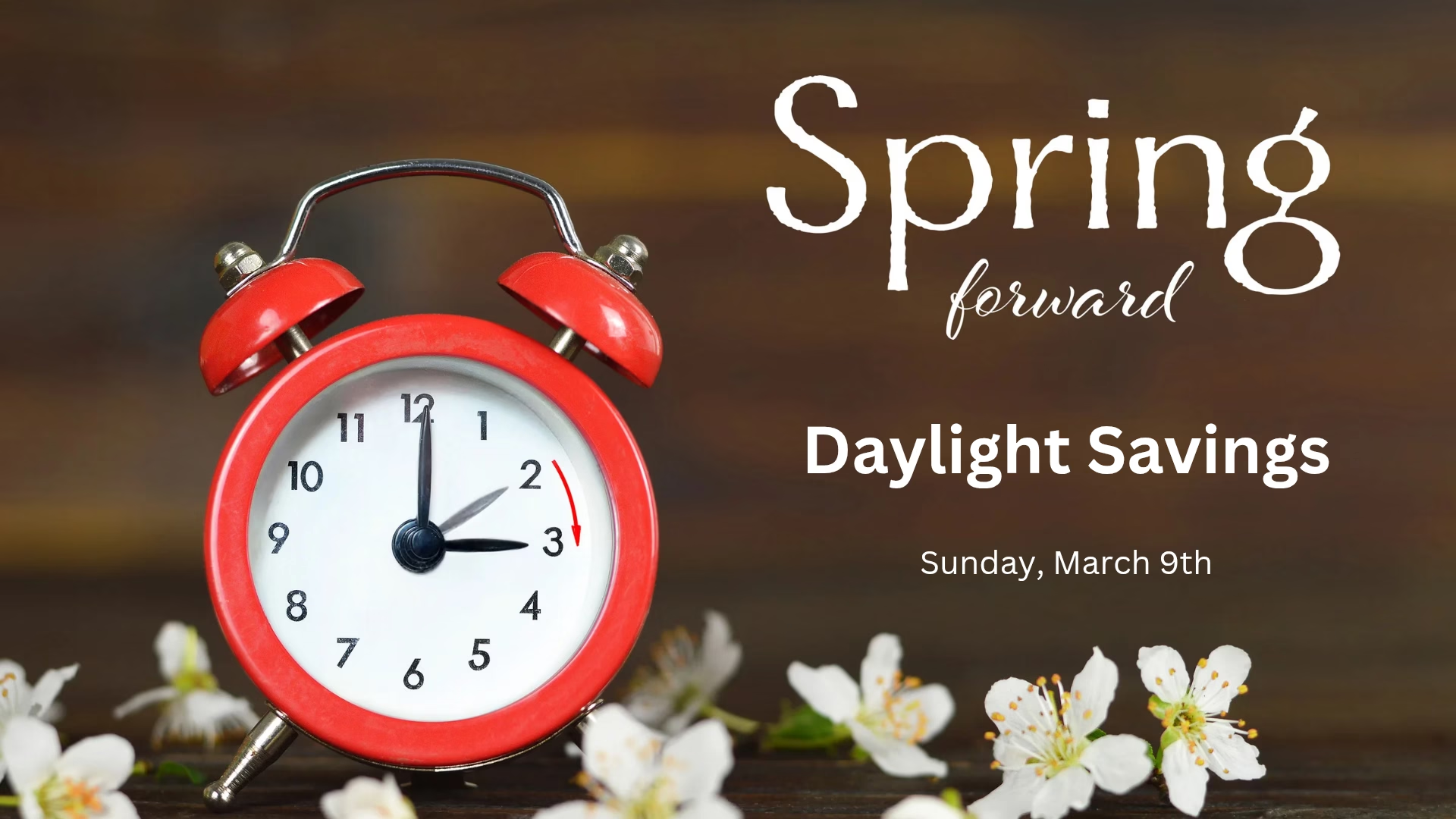Daylight Savings Time: What It Means for Small Business Owners
Twice a year, daylight savings time (DST) changes how we schedule our days—springing forward in March and falling back in November. While this time shift may seem like just an hour lost or gained, it can have real effects on small businesses, especially those that rely on customer engagement, employee productivity, or specific operating hours.
How Daylight Savings Impacts Small Businesses
1. Shift in Customer Behavior
Customers’ routines change with the time shift. Businesses that rely on foot traffic, such as retail stores, restaurants, or service providers, may notice different peak hours. For example:
• Evening businesses may benefit from longer daylight hours in spring.
• Early morning businesses might see a temporary drop as people adjust to the time change.
2. Employee Productivity and Well-Being
Losing an hour of sleep in the spring can lead to fatigue and reduced productivity. Studies show an increase in workplace errors and even accidents right after DST begins. Small business owners should be mindful of employee well-being by:
• Offering flexible start times if possible.
• Encouraging rest and healthy habits.
• Checking in with employees on their energy levels and workflow.
3. Adjusting Business Hours
If your business depends on natural light—such as a café with outdoor seating or a fitness studio with morning classes—you may need to adjust your operating hours to align with customer preferences. Pay attention to:
• Changes in morning or evening traffic.
• How competitors adjust their hours.
• Whether extending or shifting hours could boost revenue.
4. Digital Marketing and Social Media Adjustments
With time shifts, customer online activity might also change. If you run ads or schedule social media posts, analyze engagement trends to ensure your content reaches the right audience at the best time. Consider:
• Adjusting ad schedules based on peak engagement hours.
• Changing post timing to match when your audience is most active.
• Using analytics tools to monitor shifts in online traffic.
5. Timekeeping and Payroll Adjustments
For businesses with hourly employees, DST can create payroll complications. Employees working overnight shifts during the fall change may work an extra hour, while those working during the spring shift might work one hour less. Be sure to:
• Double-check payroll calculations.
• Communicate clearly with employees about schedule changes.
• Update any manual timekeeping systems.
How to Prepare for Daylight Savings Time
Here are a few steps to minimize disruptions:
✅ Update Your Business Hours – Ensure your Google Business Profile, website, and social media reflect any new operating hours.
✅ Remind Your Employees – Give employees a heads-up about the time change so they can adjust their schedules.
✅ Check Your Technology – Automatic updates help, but verify that clocks, scheduling software, and security systems reflect the correct time.
✅ Monitor Business Trends – Keep an eye on customer habits and adjust accordingly.
Daylight savings time isn’t just about resetting clocks—it affects how customers shop, how employees perform, and even how businesses operate. By proactively preparing for these changes, small business owners can ensure a smoother transition and even find ways to take advantage of the time shift.
What are your thoughts on daylight savings? Have you noticed changes in customer behavior or productivity in your business? Let’s discuss in the comments!



